What if the Mustafar Duel Ended in Death?
What if Obi-Wan had ended Anakin on Mustafar? This deep dive into "Star Wars" explores how the galaxy might have changed without Darth Vader’s shadow darkening the Rebellion and the Force.

On the scorched surface of Mustafar, amid firefalls and the roar of molten lava, a friendship forged in war met its end in the most intimate kind of battlefield—one brother against another. "Star Wars: Episode III – Revenge of the Sith" gave audiences a final confrontation between Obi-Wan Kenobi and Anakin Skywalker, a duel heavy with betrayal, sorrow, and consequence. It was the moment the Jedi Order fell quiet, and the Empire rose to full strength.
But what if Obi-Wan had done more than defeat Anakin? What if he had struck the final blow, ending Skywalker's life before Darth Vader could ever don the mask? This question invites more than idle speculation. It opens the door to a profoundly altered galaxy, one where the absence of Vader reshapes the Emperor's designs, the fate of the Rebellion, and the very soul of the Skywalker saga.
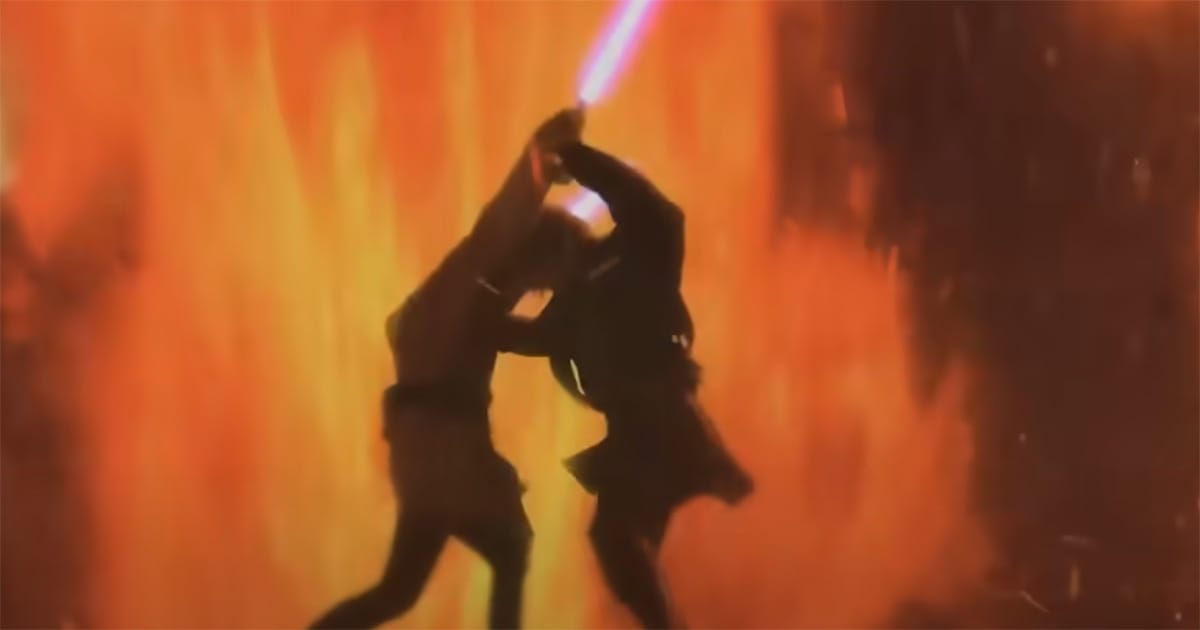
Sidious Without a Fist
Palpatine's ascension to Emperor depended not only on political cunning but on raw, visible power. Darth Vader, forged in the fire of Mustafar and sealed in black armor, became more than an enforcer—he became a symbol. Fear of Vader kept star systems in line, and potential insurrections were buried beneath the weight of his legend. Remove him from the chessboard, and Palpatine's Empire loses its most effective instrument of terror.
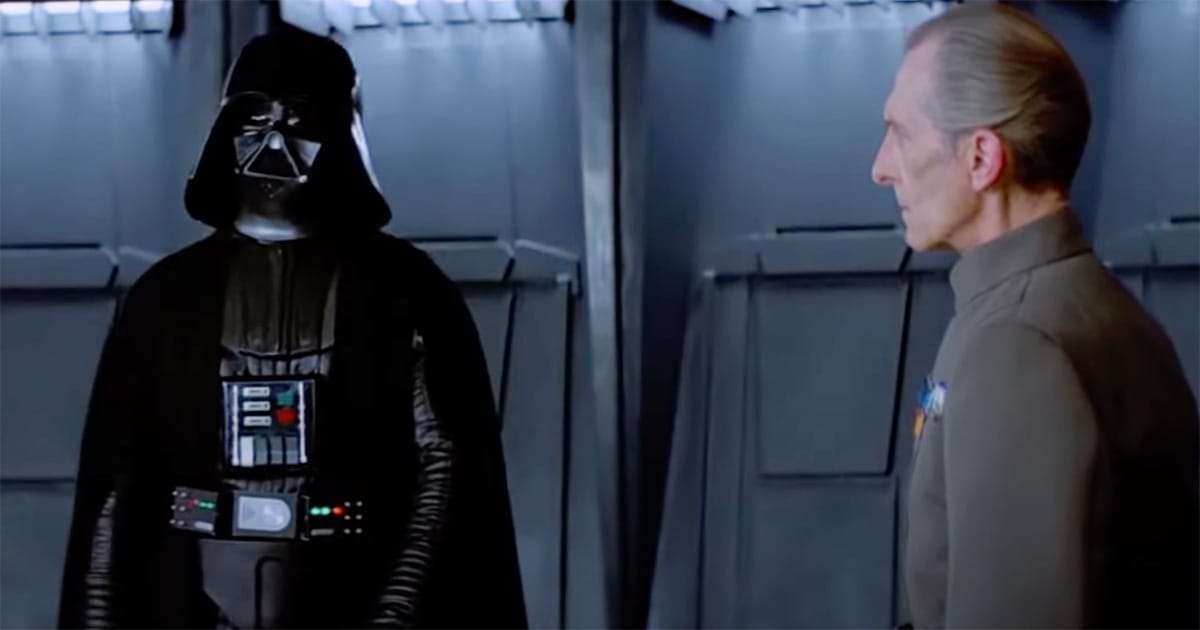
In a galaxy without Vader, the Emperor would be forced to fill the void. With his calculated ruthlessness, Grand Moff Tarkin might rise further in prominence. But Tarkin inspired obedience through fear of the Death Star, not personal strength. He lacked the mystical intimidation that Vader's presence brought to every room he entered. The Emperor might attempt to corrupt another Jedi survivor—perhaps someone like Quinlan Vos or even a fallen temple guard—but few could be twisted with the same depth of rage and devotion that drove Anakin.
Without Vader, the Empire risks becoming a bureaucracy of fear without a face. Stormtroopers enforce the law, but they do not inspire nightmares. The mythos of the Sith, embodied by Vader's mechanical menace, dies before it lives. That absence reverberates. The Rebellion may ignite sooner, sensing weakness. Regional governors may defy orders, no longer worried about a visit from the dark lord. In eliminating Anakin, Obi-Wan would not just have ended a life—he might have destabilized the entire Imperial order.
Different Paths for the Twins
If Anakin Skywalker had perished on Mustafar, the fate of Padmé Amidala may have taken a different turn. Her death in "Star Wars: Episode III – Revenge of the Sith" is presented as a collapse of will, a broken heart caused by Anakin's fall. Remove that heartbreak—along with the horror of knowing her husband became Darth Vader—and Padmé might have lived to raise her children.
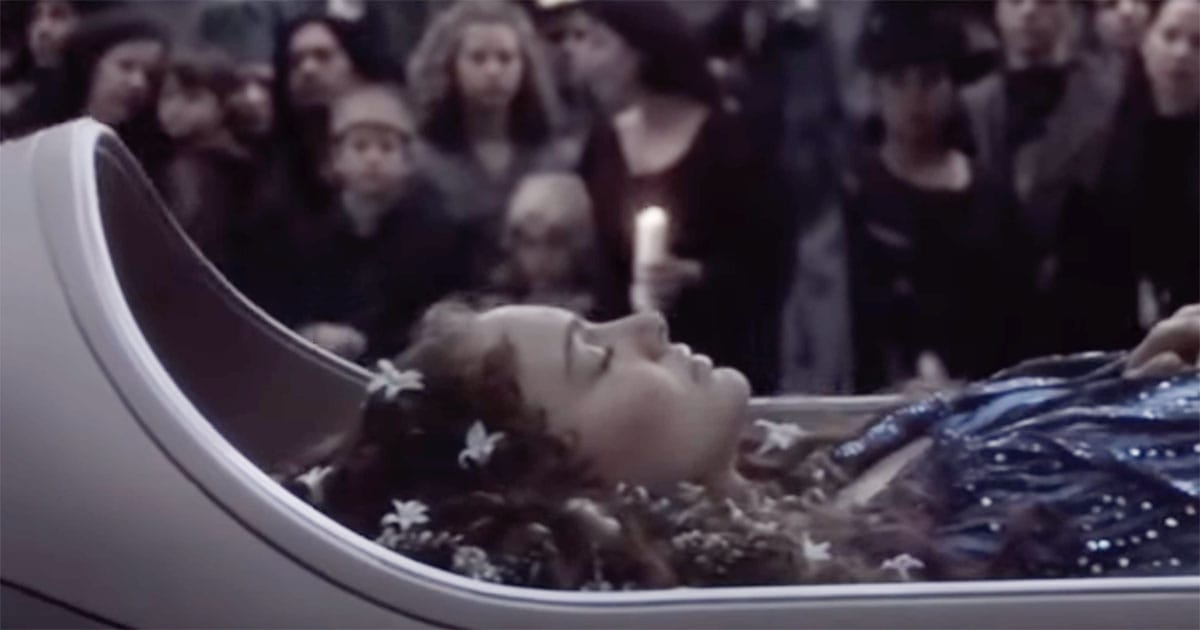
The implications are significant. With Padmé alive, there is a chance Luke and Leia would not have been separated at birth. Their identities might not have needed to be hidden so deeply. They could have grown under the guardianship of their mother and perhaps even under the protection of a humbled but determined Obi-Wan Kenobi. Yoda, recognizing the Emperor's weakened grip without Vader, might have seen opportunity in training the Skywalker children from a young age, rather than waiting for destiny to ripen them in secrecy.
Such an upbringing could have reshaped the Rebellion's foundation. Instead of scattered cells and political maneuvering, the early resistance might have taken a more direct and militant stance, led by a pair of Force-trained Skywalkers in their prime. Without the specter of Vader hunting down dissent, the Alliance might have formed faster and struck harder. Yet, without the trauma that shaped them, would Luke and Leia still have possessed the strength of character that defined them? The Rebellion's future, in this timeline, would rest not on survival, but on preparation.
No Redemption, No Return
Without Darth Vader, the "Star Wars" saga loses one of its most powerful themes—redemption. Anakin Skywalker's fall, followed by his return to the light in "Return of the Jedi," gives the original trilogy its emotional anchor. It is not only Luke's journey we follow, but a father's salvation through the unwavering compassion of his son. If Anakin had died on Mustafar, that spiritual core disappears, leaving the narrative driven only by political and military stakes.
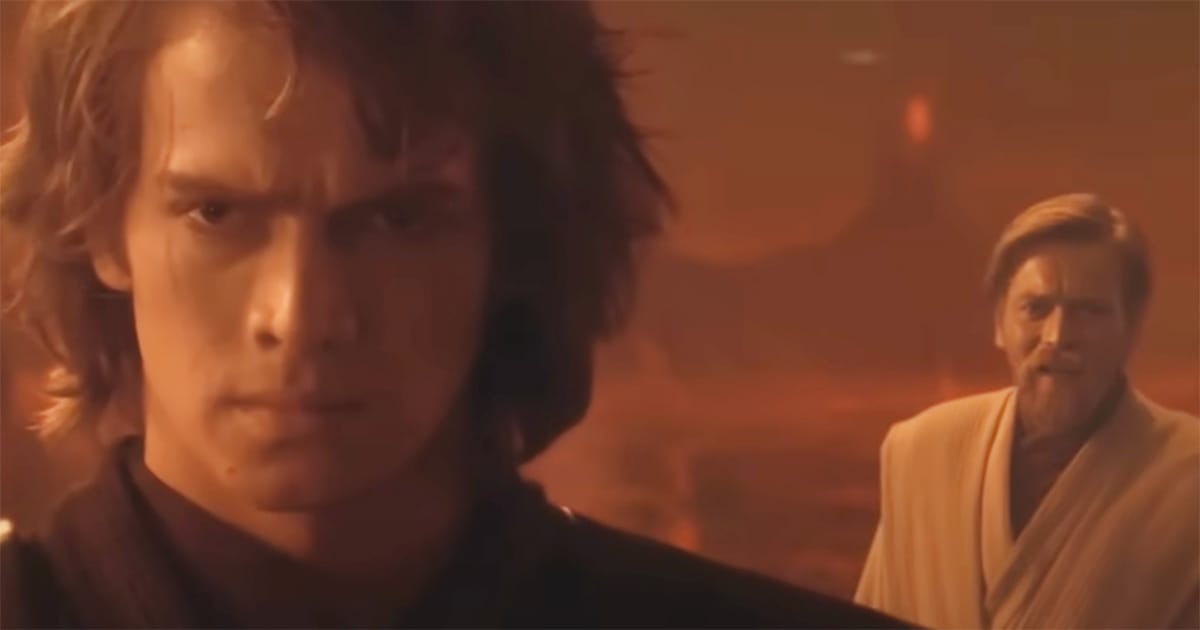
Luke Skywalker's decision to spare his father in the Emperor's throne room marks a moral victory. It shows that mercy, even in the shadow of tyranny, can triumph. In a galaxy where Anakin is gone, that moment never arrives. Luke's path becomes one of command and confrontation. His development leans toward the warrior and strategist, not the healer.
This change shifts the entire tone of the saga. Without the hope of a personal return from darkness, the Jedi's belief in balance becomes abstract. The Force no longer offers a path to redemption. It simply divides light from dark with no bridge between.
In this timeline, "Star Wars" becomes a story about resistance, not renewal. The mythic element—the belief that even the lost can be saved—is stripped away.
A Colder, Braver Galaxy
Had Obi-Wan Kenobi delivered the final blow on Mustafar, his legacy would rest on different ground. No longer the Jedi haunted by failure, he would be remembered as the man who made the hard choice. In doing so, he would sever the last link between the Jedi Order and its fallen champion. His name would not carry the weight of remorse, but the burden of necessity.
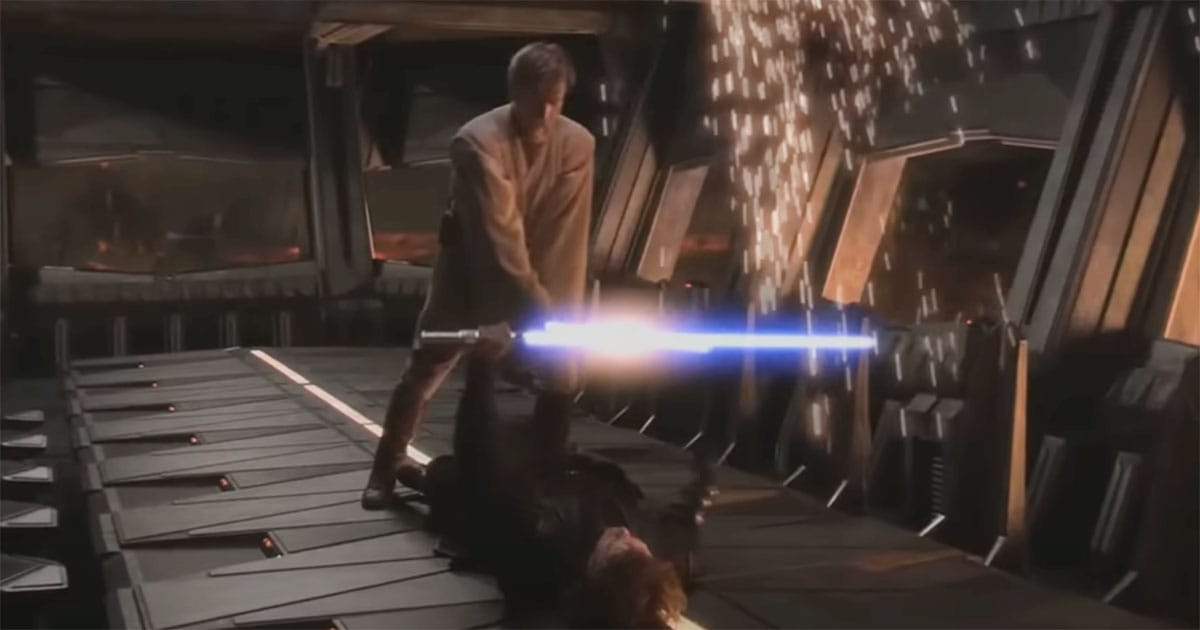
The galaxy that followed would reflect that decision. Without Vader, the tone of the saga shifts. Gone are the mythic undercurrents of fall and redemption. In their place stands a harsher, more pragmatic narrative—one where survival demands clarity, not compassion. The heroes do not search the soul of the enemy. They strike before the danger can rise again.
Such a story remains powerful, but it speaks to a different kind of courage. Not the hope that a soul might be saved, but the resolve to prevent ruin before it takes root. This version of "Star Wars" would prize foresight and finality over patience and mercy.
And yet, one question lingers. Is it better to cut evil down before it grows, or to suffer the darkness in the hope that one day it will seek the light again? In choosing between those paths, the saga defines more than characters. It defines what kind of galaxy we believe is worth fighting for.

